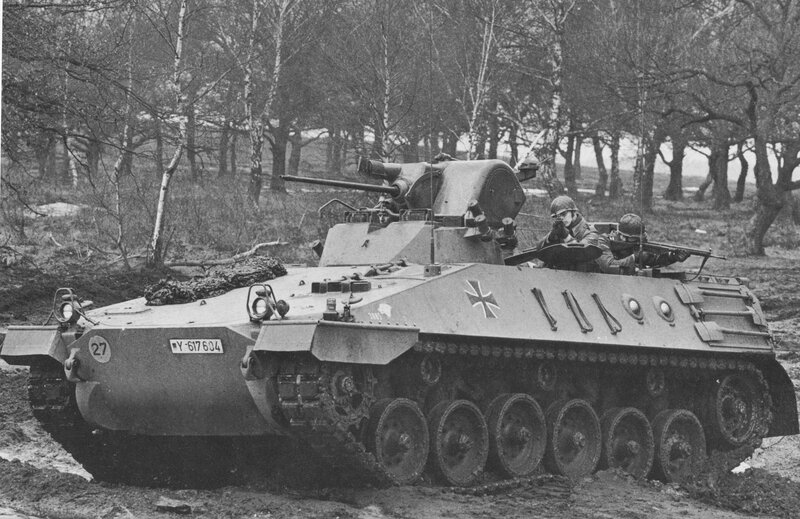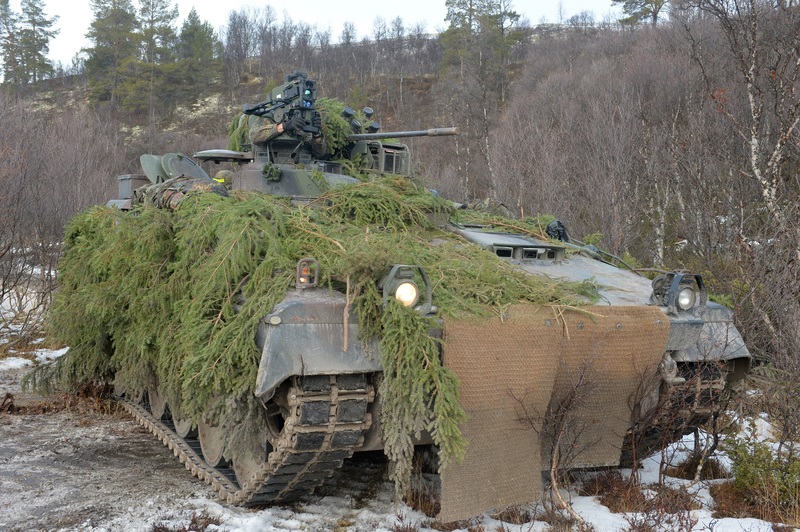Marder infantry fighting vehicle turns 50 – tried-and-tested warhorse of Germany’s mechanized infantry
The Marder infantry fighting vehicle celebrates its 50th anniversary today: it was a half a century ago, on 7 May 1971, that the German Army took formal deliver of the first serially produced vehicles. This took place at simultaneous ceremonies in Kassel and Kiel – the corporate seats of the legendary IFV’s original manufacturers, Thyssen-Henschel and Krupp MaK. Both companies have belonged to Rheinmetall since 1999 and 2001, respectively.
At the time of its inception, the prime mission of the new IFV was to defend the national territory in Central Europe: teamed with the Leopard 1 main battle tank, the Marder was supposed to play a pivotal role in the mobile operations of the Bundeswehr. But fate had different plans in store for the vehicle. During the Cold War, the Marder infantry fighting vehicle’s role was confined to the major exercises held by West Germany and its NATO partners to demonstrate in no uncertain terms their readiness to defend themselves. In the meantime, the Leopard 1 has long since vanished from the Bundeswehr inventory.
 Picture: Pre-series version of the Marder infantry fighting vehicle | KTS / CC BY-NC-ND
Picture: Pre-series version of the Marder infantry fighting vehicle | KTS / CC BY-NC-ND
The same is true of other systems of that bygone era, among them the Luchs armoured reconnaissance vehicle, the Starfighter F-104 fighter-bomber, and the BO 105 and Bell UH-1D helicopters. The Marder, on the other hand, went on to prove its mettle in foreign deployments, including in Kosovo and Afghanistan. As part of the Quick Reaction Force, it has engaged in firefights in around Kunduz and Mazar-e Sharif. The vehicle continues to serve the German military to this day. Nor is Germany the only Marder user nation: the vehicle also features in the armies of Chile, Indonesia and Jordan.
Rheinmetall has accumulated vast experience and expertise in the Marder domain. On behalf of the Bundeswehr, in recent years the company has carried out various measures aimed at boosting the combat performance and extending the service life of part of Germany’s Marder fleet.
This includes the installation of air conditioning in the fighting compartment; new vision equipment for the driver, gunner and commander; integration of the MELLS multirole lightweight guided missile system; and a new drivetrain. Thanks to measures currently underway to extend its service life, the Marder is likely to remain operational until the end of the decade.
 Picture: Marder with integrated MELLS | Rheinmetall / CC BY-NC-ND
Picture: Marder with integrated MELLS | Rheinmetall / CC BY-NC-ND
Rheinmetall's decades of expertise with the extremely reliable and mission-proven Marder also flowed into new developments by the technology group. In Germany, Rheinmetall and partner companies are currently delivering the System Panzergrenadier - consisting of modernized versions of the Puma infantry fighting vehicle and the Infantryman of the Future - Extended System soldier system. And in developing the Lynx infantry fighting vehicle familiy, Rheinmetall engineers also adopted proven details from the Marder. These include the power pack located in the front of the vehicle and the modular design. Nevertheless, thanks to its new protection and lethality technologies, network capability, open architecture and inherent growth potential, the Lynx already ranks among the most sophisticated next generation of combat vehicles. Hungary has selected the Lynx KF41 as its new infantry fighting vehicle to step into a new era with added capabilities. The Lynx KF41 is also a hot candidate for the next generations of IFV’s in the USA, Australia, the Czech Republic and Slovakia.





















